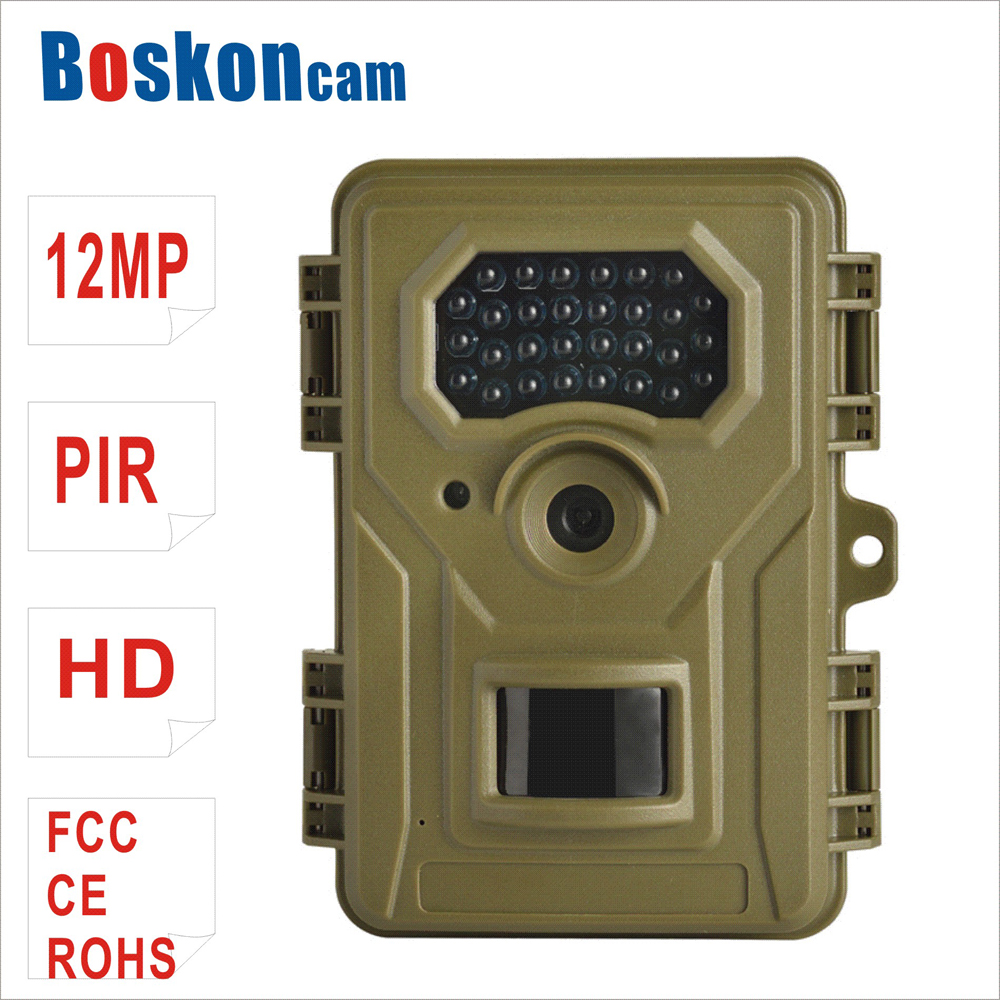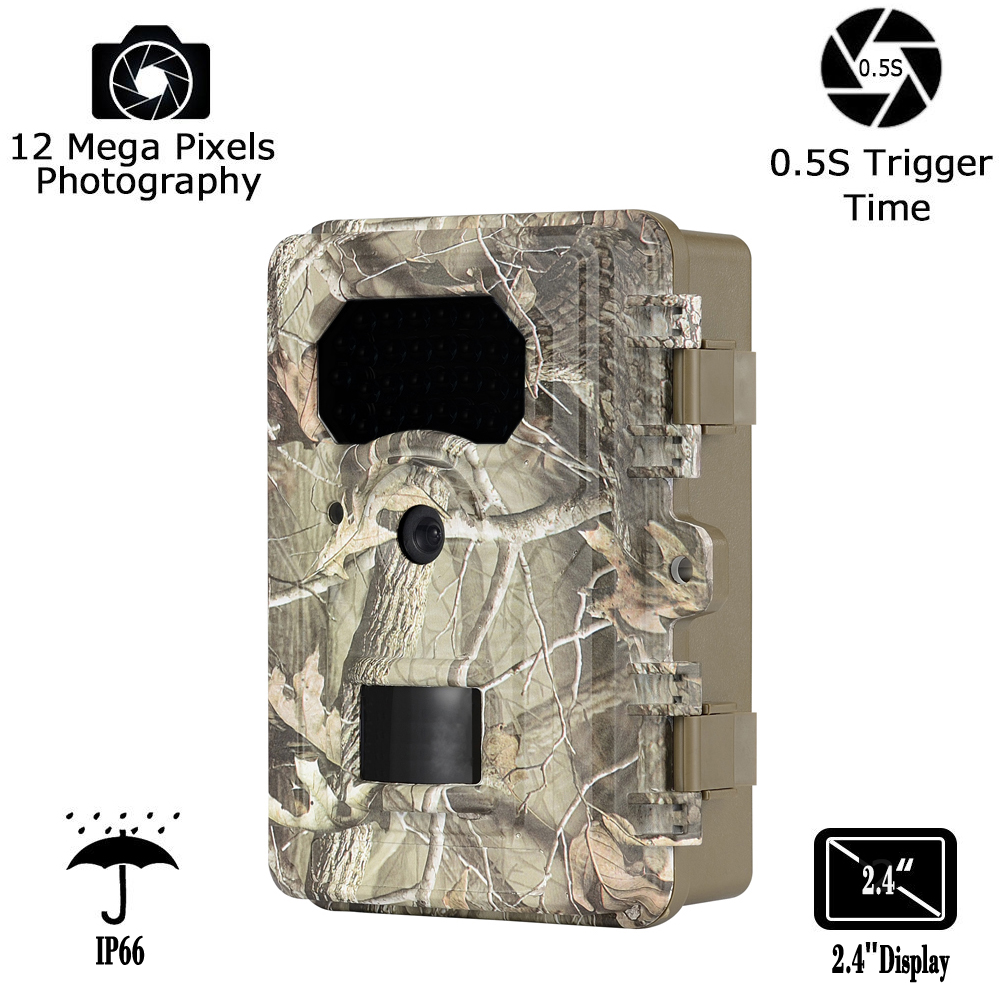There are two main types of step-down converters, namely low-dropout regulators (LDOs) and switching regulators. The LDO gives a clean, stable voltage, and the switching regulator is suitable for more efficient operation. Efficient means that the energy lost during the conversion process is low, simplifying thermal management. Because switching regulators are highly efficient and are the most popular solution, we focus on this product. At the same time, for the sake of discussion, we will only briefly describe the buck converter. Figure 1 shows a basic type of step-down switching regulator with a synchronous buck converter. Synchronous buck represents the use of MOSFET as a buck switch (marked as Ilower in its direction in Figure 1). In contrast, standard buck regulators use Schottky diodes as buck switches. Since MOSFETs have less voltage drop than diodes, the main advantage of synchronous buck regulators is higher efficiency than standard buck regulators.
The timing information for the buck and boost MOSFETs is provided by a pulse width modulation (PWM) controller. Only one PWM input is shown in Figure 1. In many circuit diagrams, PWM has two inputs. The second input voltage to the circuit is the PWM supply voltage. Controller input and output constitute a voltage feedback loop. This loop allows the buck converter to adjust the output according to the load change. The output of the PWM module is a digital signal that switches up and down at the switching frequency. Only one MOSFET is turned on at a time. Turning on both MOSFETs at the same time will cause Vin to short to GND, which will reduce efficiency, so this method is not recommended. The duty cycle of this signal determines the proportion of time the input is directly connected to the output. Therefore, the output voltage is the result of the input voltage and this duty cycle.
Game Camera is a remotely activated camera that is equipped with a motion sensor or an infrared sensor, or uses a light beam as a trigger. Camera trapping is a method for capturing wild animals on film when researchers are not present, and has been used in ecological research for decades. In addition to applications in hunting and wildlife viewing, research applications include studies of nest ecology, detection of rare species, estimation of population size and species richness, as well as research on habitat use and occupation of human-built structures.
Game Camera, also Motion Video Camera are used to capture images of wildlife with as little human interference as possible.Since the introduction of commercial Infrared-Triggered Cameras in the early 1990s their use has increased. With advancements in the quality of camera equipment this method of field observation has become more popular among researchers.Hunting has played an important role in development of camera traps, since hunters like to use them to scout for game. These hunters have opened a commercial market for the devices which have led to many improvements over time.


Game Camera
Game Camera, Deer Video Camera, Resistant Snow Hunting Camera, Motion Activated Wildlife Camera, Infrared-Triggered Camera.
Boskon (Asia) Technology Co Ltd , http://www.brekcam.com